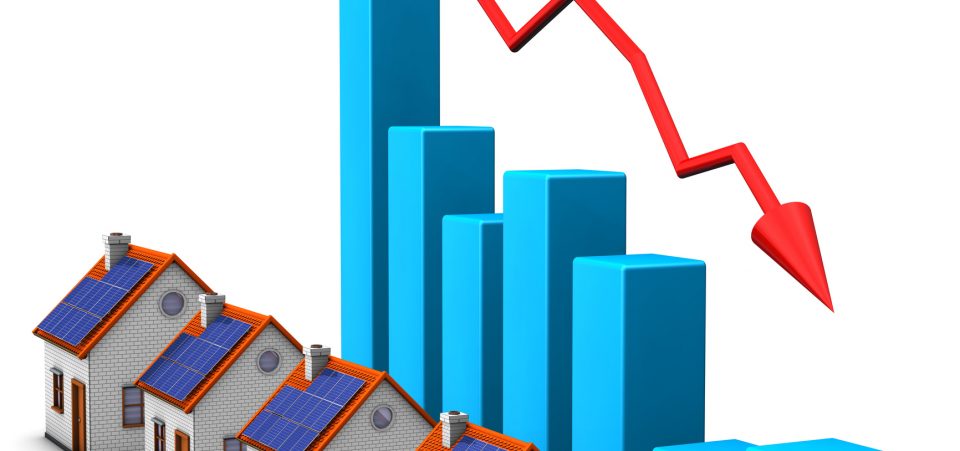Forecast for Real Estate Market Is Not Sunny
The United States real estate market has become a victim of rising interest rates.
Since the end of 2016, the U.S. Federal Reserve has increased interest rates three times. By the Fed’s own estimate, by 2019, the central bank’s bellwether federal funds rate (FFR) will rise to three percent—up 1.25% from today.
As this is happening, we are starting to see the American real estate market give in, especially in commercial real estate.
According to Real Capital Analytics, Inc., a commercial real estate information company, sales of apartment buildings, office towers, shopping centers, and hotels in the U.S. are plummeting. The firm says that owners who were looking to sell haven’t been able to do so, and investors are just sitting on the sidelines. (Source: “NYC Landlords That Can’t Find Buyers Turn to Borrowing Instead,” Bloomberg, September 6, 2017.)
To provide a specific example, in the first half of 2017, in New York City, commercial property deals were the lowest since 2012. New York City is pretty much a benchmark when looking at commercial real estate. If sales are declining there, it’s worrisome.
Moving on to the residential side of the real estate market, the data shows a clear slowdown.
In July, sales of new single-family homes were registered at an annual pace of 571,000 units. This figure was down 9.4% from the previous month, and down 8.9% from the previous year. (Source: “Monthly New Residential Sales, July 2017,” U.S. Census Bureau, August 23, 2017.)
The number of housing starts in the U.S. is declining too. In July, construction of new homes was registered at an annual rate of 1.15 million. This was down 4.8% month-over-month, and down 5.6% year-over-year. (Source: “Monthly New Residential Construction, July 2017,” U.S. Census Bureau, August 16, 2017.)
Why does this all matter?
Dear reader, there are three takeaways here:
- Interest rates only just started to move higher, and the U.S. real estate market is already taking a hit. Since the Fed expects the FFR to be three percent in about two years’ time, imagine what will happen to the real estate market once we get there.
- A vibrant real estate market is very important to our economy; the real estate industry makes up the biggest part of U.S. gross domestic product (GDP). The last thing our economy needs to experience is layoffs in the construction and real estate sectors.
- While the stock market has been on a tear in the past two months, with the Dow Jones Industrial Average (DJIA) going up 600 points since mid-July, the WSJ Real Estate/Construction Index has hardly budged in that same period. I believe that the next move for real estate and construction company stocks is downward, which will put pressure on other stock prices.
Higher interest rates will also be negative for real estate investment trusts (REITs) and mortgage companies as they deal with higher rates and dismal demand in the real estate market. The bottom line is that the real estate market is getting very soft here, going into the fourth quarter of 2017, and that does not bode well for the U.S. economy.






